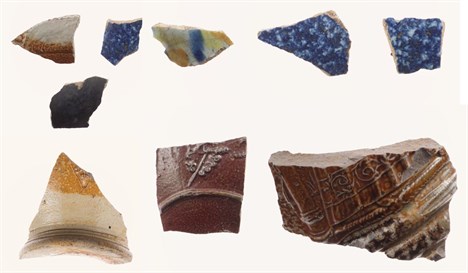Aristocratic landscape and conspicuous consumption at the 16th century bishop’s palace in Odense
In the beginning of the 16th century the Danish town of Odense housed two courts: firstly, that of Queen Christine who lived in separation from her husband, king Hans, secondly that of the wealthy and powerful bishop, Jens Andersen, the latter of which is the subject of the present study. Although parts of the episcopal residence are still standing today many details about the building complex are mainly known through a number of archaeological campaigns. The latest of these has revealed a hitherto unknown moat and bridge fronting the main gate of the palace. The finding sheds a new light on the bishop’s residence and urges us to reconsider the fortification qualities of the structure.

The aim of this project is to investigate how the structure played an active part in constructing the identity of its inhabitant. This will be done via a spatial analysis of the buildings and their setting in an aristocratic landscape. A second aim of this study is to analyze if the artefacts found in the moat can be evidence of consumer patterns that allow us to interpret the objects as a material expression of a high-status social identity negotiated through conspicuous consumption. The time frame for this analysis is approx. 1504-1575.
